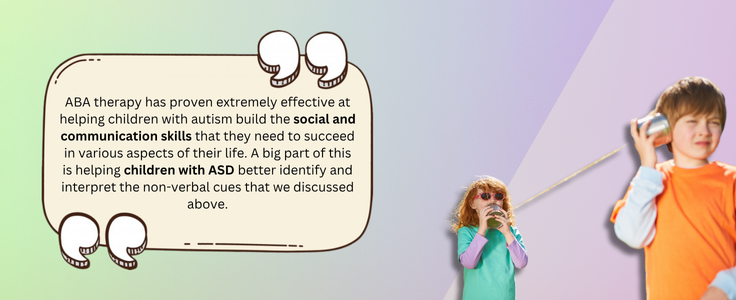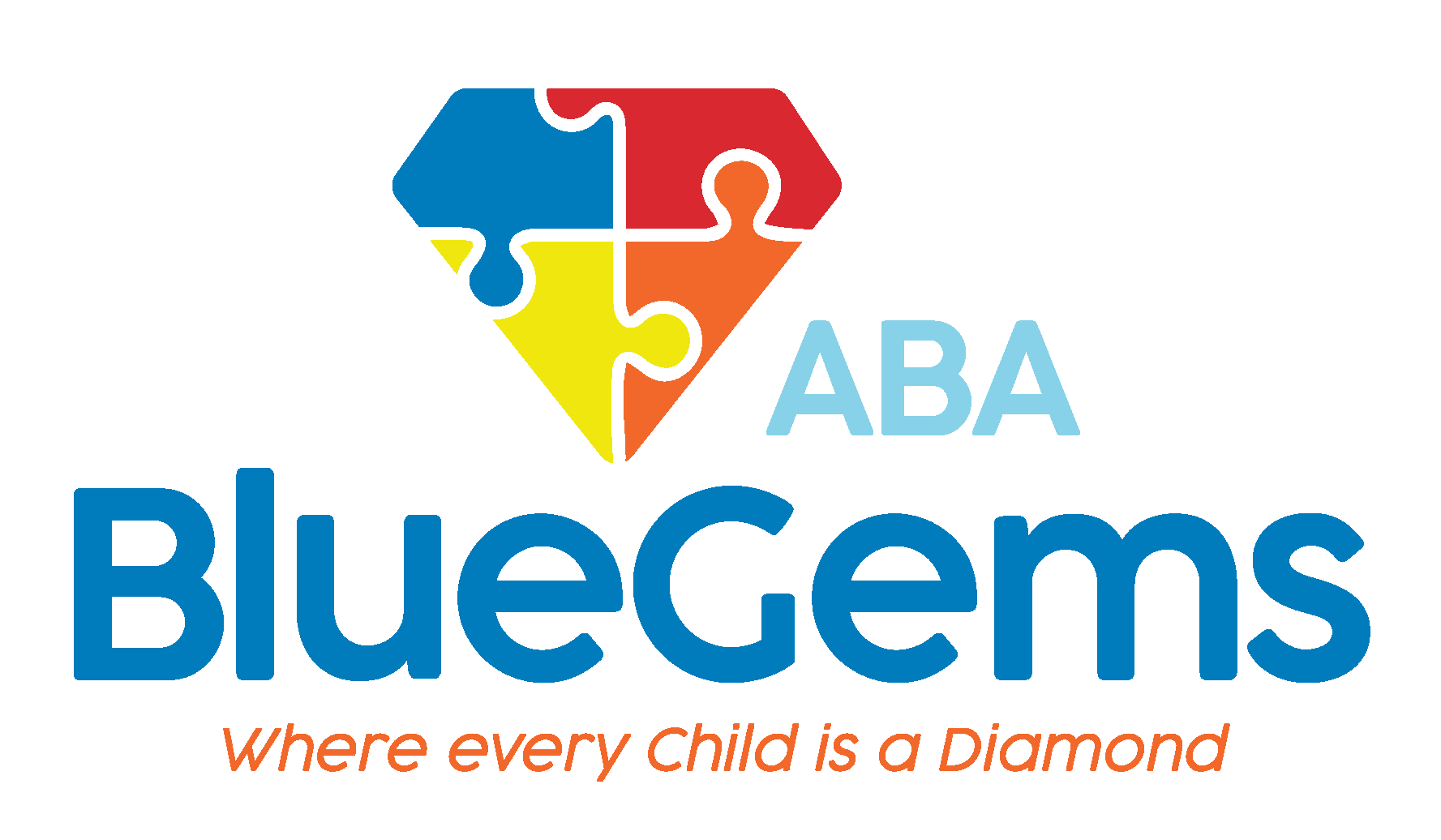ABA and Empathy
Despite the many advances that have been made in research in recent years, there’s still many stigmas that exist around autism spectrum disorder (ASD) and how it affects people who have it. One of those stigmas is that individuals with autism don’t have empathy.
While it’s true that people with autism may not display empathy or empathetic traits like neurotypical individuals do, it’s not because they don’t have compassion for other people. In many cases, the reason for this is that people with ASD aren’t able to accurately identify and interpret the social cues that signify to others that someone is in need of compassion.
The question, then, becomes can individuals with autism be taught empathy and compassion. In this article, we’ll discuss the challenges individuals with ASD face with empathy and how applied behavior analysis (ABA therapy) can help.
Table Of Contents
Why Do People with Autism Struggle with Empathy?
Every individual with autism is unique. Yet, two of the most common challenges people on the autism spectrum face are deficits in social interaction and communication.
It’s not just that they may have trouble reaching developmental milestones for language skills and feeling anxious in social situations, it’s also that they have difficulty understanding non-verbal cues.
These cues — including body language, tone of voice and facial expressions — all play key roles in communication. Individuals with autism, for example, often have trouble picking up on sarcasm because of this, as they interpret spoken words literally.
This can cause them to feel ostracized in social situations and more anxious to engage in future similar scenarios.
At the same time, this inability to accurately interpret non-verbal cues makes it hard for them to display empathy.
Many times, when people are in need of a shoulder to lean on or someone to offer help, for instance, they may not express that verbally. Instead, people have to pick up on their body language (slumped shoulders), facial expressions (eyes looking down) and tone of voice (low) to understand that they are struggling with something, even if they are verbally communicating that everything is OK.
When an individual with autism is unable to pick up on these non-verbal cues, it may seem as though they don’t have compassion, but that’s not exactly true. In fact, people with ASD are often very sympathetic but just need some assistance in building complementary skills to help them display compassion.
How Can ABA Therapy Teach Compassion?
ABA therapy has proven extremely effective at helping children with autism build the social and communication skills that they need to succeed in various aspects of their life. A big part of this is helping children with ASD better identify and interpret the non-verbal cues that we discussed above.

In doing so, ABA therapy is helping children on the autism spectrum display their compassion to others.
Many of the strategies that therapists use to teach other skills are also used to teach the nuances of compassion.
With a set treatment plan in place, therapists can help target certain skills using many different strategies. A common one is breaking complex tasks down into smaller steps that are more manageable for children with autism.
Approaching how to understand non-verbal cues this way makes it much easier for children with autism to learn, and allows therapists to gather objective data that they can then analyze later to assess the child’s progress toward their treatment goals.
As therapists are implementing various strategies to improve the child’s identification skills, they will use positive reinforcement to reward them for successful attempts and keep them motivated to keep learning more. This could come in the form of extra praise or time with a toy they love.
Once the child has mastered the skills in a therapy setting, the therapist will then work on generalizing those skills so that the child can be able to successfully and consistently display compassion in real-world scenarios.
This may be done through role playing and/or by exposing the child to actual real-world situations, which helps them apply the skills they learned in a structured setting to a non-structured one.
By using a compassionate approach with their patients, therapists are also better able to serve as a good example of how they can display empathy and compassion themselves. It also helps to build an environment that’s built on trust and in which the child feels as though it’s safe for them to express how they feel while also exploring their emotions.
Blue Gems ABA Teaches Children with ASD Compassion
A common misconception is that individuals with autism aren’t empathetic. It’s not that people with ASD don’t have compassion; it’s often that they just lack some of the social skills necessary to understand that others are in need of compassion.
At Blue Gems ABA, our team of experienced therapists work with children with ASD to help them build the skills necessary to be compassionate, such as the ability to effectively identify and interpret non-verbal cues.
We create all of our ABA therapy treatment plans on a personalized basis, so that each child’s unique strengths, challenges and preferences are addressed and integrated. This approach results in more effective treatment, which leads to better outcomes.
To learn more, please contact us today.




